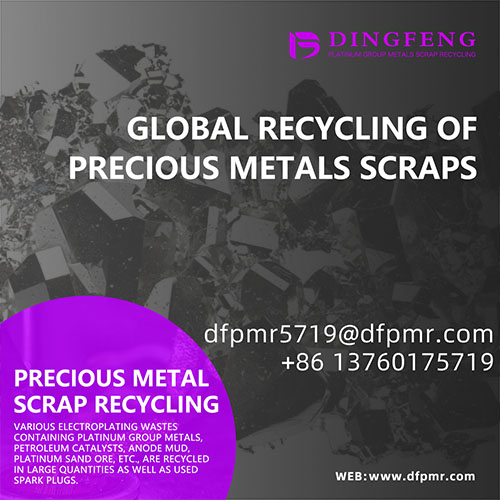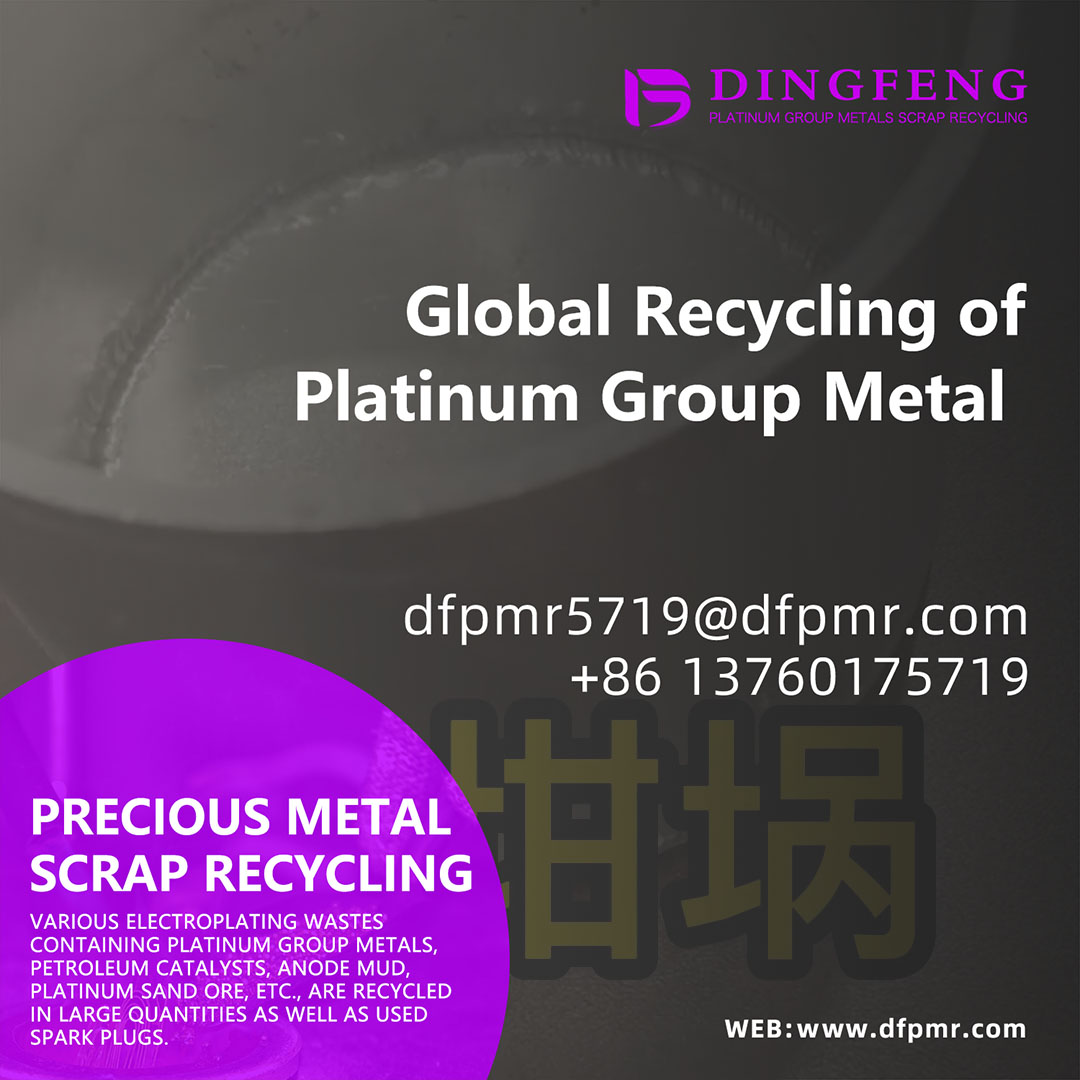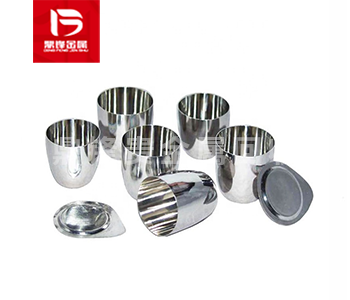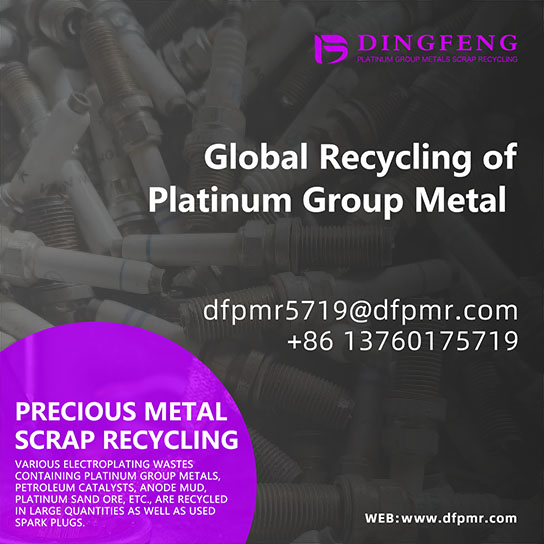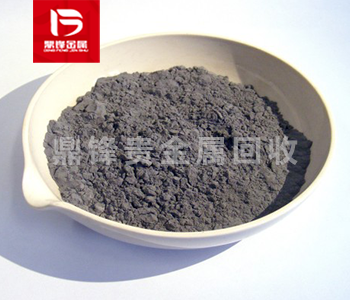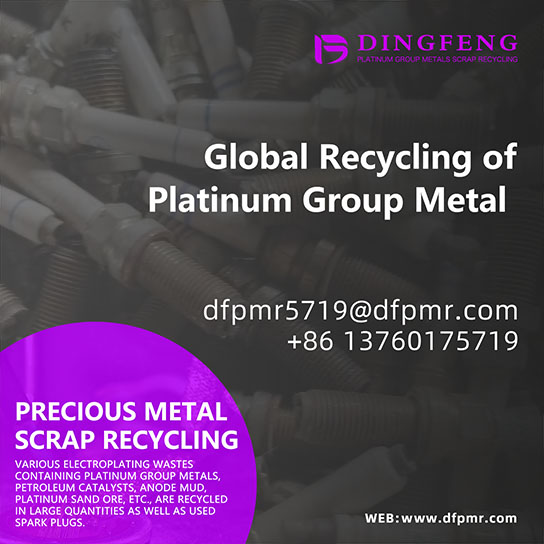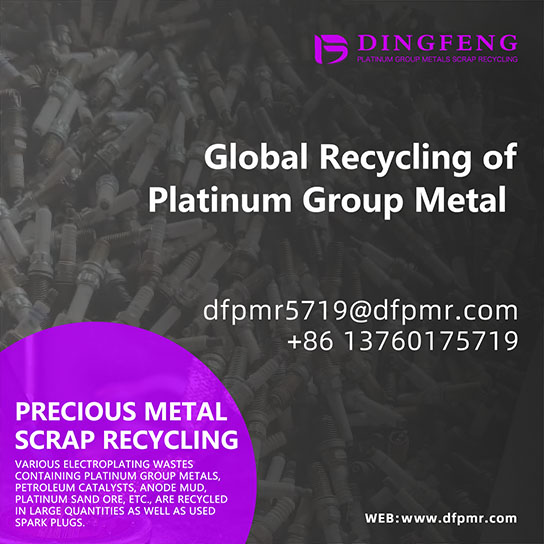Colloidal palladium recovery_ Recovery of Palladium Containing Waste Liquid_ Precious metal recycling manufacturers
Colloidal palladium is a nano-scale palladium particle suspension with colloidal properties. Colloid refers to a stable system formed by solid particles dispersed in a liquid medium, and the size of the particles is usually between 1 and 100 nanometers. Colloidal palladium has a large specific surface area and high dispersibility, so it has a wide range of applications in many fields. Waste colloidal palladium is one of the main sources of palladium-containing waste. The recovery of palladium-containing waste also includes palladium paste recovery, palladium mud recovery, palladium water recovery, palladium catalyst recovery, silver palladium slurry recovery, palladium resin recovery, etc.
Product Details
Colloidal palladium is a nanoscale palladium particle suspension with colloidal properties. Colloid refers to a stable system formed by the dispersion of solid particles in a liquid medium, with particle sizes typically ranging from 1 to 100 nanometers. Colloidal palladium has a large specific surface area and high dispersibility, making it widely used in many fields.
The process of preparing colloidal palladium usually includes the following steps:
1. Preparation of palladium salt solution: Firstly, a solution containing palladium ions needs to be prepared. Commonly used palladium salts include Palladium(II) chloride (PdCl2), Palladium(II) nitrate (Pd (NO3) 2), etc. The selection of a suitable palladium salt solution should be determined based on specific application needs.
2. Selection of reducing agent: The selection of reducing agent is crucial for the preparation process of colloidal palladium. Common reducing agents include sodium Ethylenediaminetetraacetic acid (Na2EDTA), hydrogen (H2), etc. The selection of reducing agents should consider factors such as the speed of the reduction reaction, the purity of the product, and safety.
3. Reduction reaction: Mix palladium salt solution with an appropriate amount of reducing agent, and conduct the reduction reaction under appropriate temperature and pH conditions. The addition of reducing agents will trigger the reduction of palladium ions, generating palladium particles.
4. Addition of dispersants: In order to maintain the dispersibility of palladium particles, dispersants need to be added in the reduction reaction. Dispersants can help stabilize colloidal palladium particles and prevent their aggregation.
5. Cleaning and Separation: After preparation, the colloidal palladium needs to undergo a series of cleaning and separation steps to remove excess impurities such as palladium salts, reducing agents, and dispersants. Common cleaning methods include centrifugation, filtration, and washing.
6. Characterization and storage: finally, characterize the prepared colloidal palladium, for example, use Transmission electron microscopy (TEM) or Scanning electron microscope (SEM) to observe the morphology and size distribution of palladium particles. After preparation, colloidal palladium is usually stored in the form of a suspension, which needs to be protected from light and prevented from clumping.
Waste colloidal palladium is one of the main sources of palladium containing waste. The recovery of palladium containing waste also includes palladium paste recovery, palladium mud recovery, palladium water recovery, palladium catalyst recovery, silver palladium slurry recovery, palladium resin recovery, etc. If you have any demand for palladium containing waste recycling, please call our 24-hour service hotline. Dingfeng Precious Metal Recycling and Refining Factory has independent recycling and refining factories without intermediaries to earn price differences. Our professional technical team and customer service personnel provide one-on-one services to ensure customer privacy during the recycling process.



